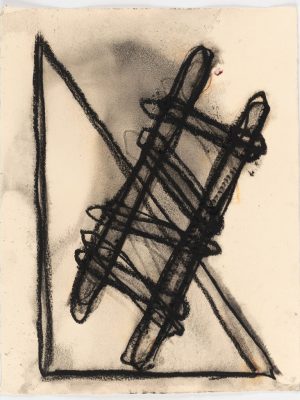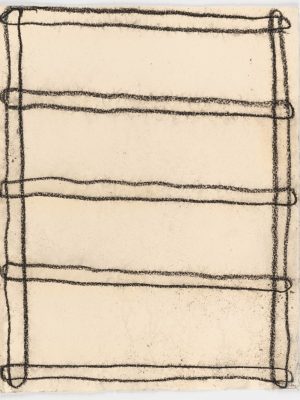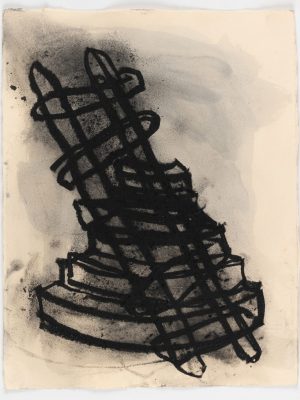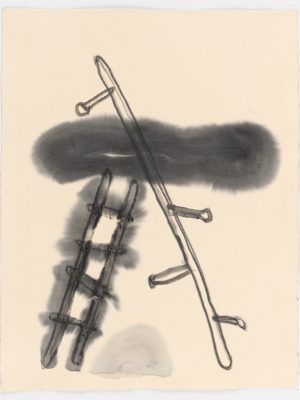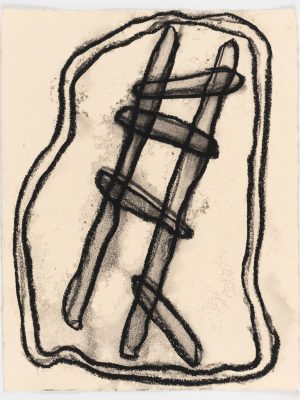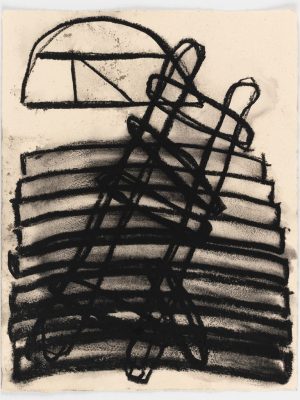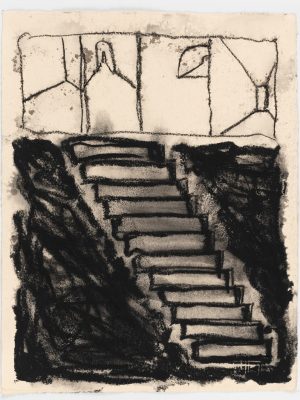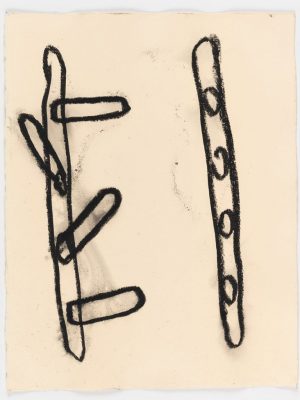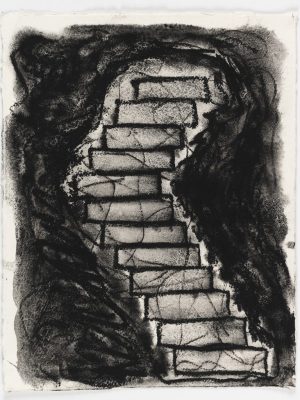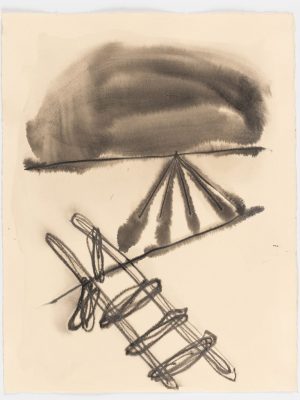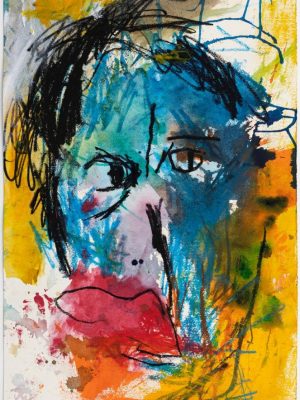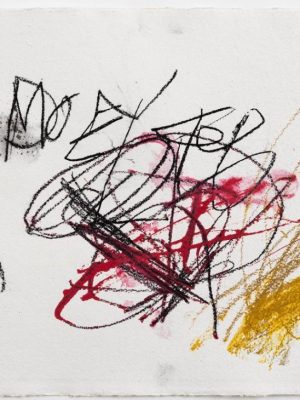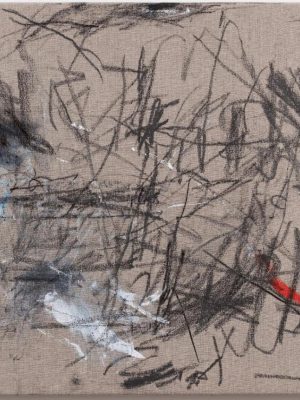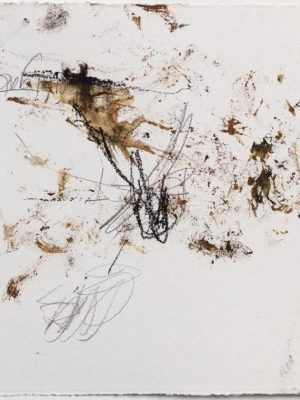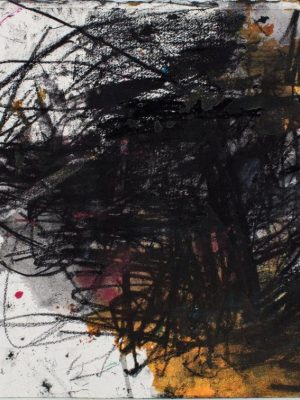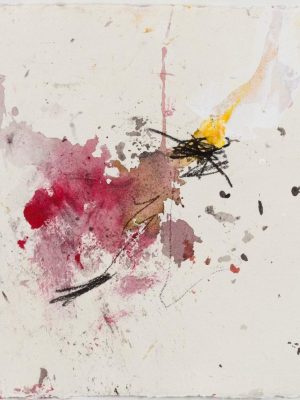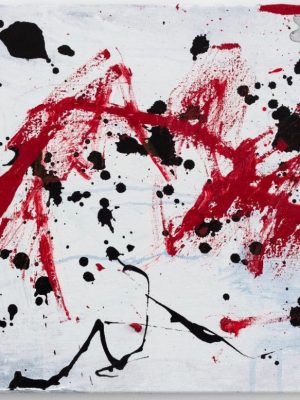Sue Hubbard (Basil Beattie and Frances Aviva Blane)
To create marks on a surface expresses a fundamental human desire to mirror and make sense of the world. For the child, drawing is a way of exploring boundaries, of developing perception and notions of ‘I and not I’. Verbal communication offers just a tiny insight into the mind, whilst drawing gives an unspoken glimpse into the psyche. Many of us doodle, but mostly we lose the natural childhood ability to draw and paint, becoming self-conscious and critical. The artist, however, continues to nurture this ability. To foster a tactile and sensual relationship with their materials that most of us have lost. Their gestures, whilst still partly unconscious, articulate a superior visual sensibility, an understanding of equivalences, substitutions, and metaphors.
Two artists for whom the physicality of the surface remains paramount are Frances Aviva Blane and Basil Beattie. For both, the relationship with the body – the reach of the arm, the pressure of the hand, the co-ordination of the eye – is paramount. Form, process and subject are inextricable. The line and mark a graphic, dynamic delineation of their thinking.
MoreManick Govinda (Basil Beattie and Frances Aviva Blane)
“Abstraction, I think, is now over. It’s run its course, taking away the shadows from European art” wrote iconic British artist David Hockney in a recent edition of The Art Newspaper (30th September 2021). Commenting on the unique quality of pre-19th century art, the chiaroscuro technique in painting, Hockney laments loss of observation through the act of drawing the world and humans, lights, shadows and depths. Hockney makes a good point about the importance of drawing and observing the world which can rarely be captured through the camera, but he is also rather sweeping about abstraction in art. Abstraction transcends the immediately observable, offering ambiguity over the need to be precise, literal, conceptual, narratorial, historical, identitarian or political, which are the current trends in contemporary art.
Basil Beattie was profoundly influenced by Abstract Expressionist art that grew out of New York between the late 1940s to 1960. His work, however, isn’t pure abstraction. Beattie’s work is replete with symbols. Steps, ladders, corridors, entrances, doorways, tunnels, pathways, ziggurats. Geometric shapes also feature, drawn without precision. While his art is not driven by narrative or place, an immediate association which his images conjure up is the Biblical story of Jacob’s Ladder: “And he dreamed, and behold a ladder set up on the earth, and the top of it reached to heaven: and behold the angels of God ascending and descending on it.” Genesis 28:12
This mythic, redemptive story of Jacob’s dream of seeing a ladder leading from earth up to heaven affirms the connection between God and man, and His chosen people, the Israelites. The other recurring symbol in Beattie’s work is the ziggurat, the ancient huge architectural structure in ancient Mesopotamia of a geometric stepped tower leading to a shrine or temple. Both are quests for spiritual salvation and transformation, but in Beattie’s work, his ladders go nowhere, they lead at best to a dark, murky, ghostly grey mist of ink or paint – darkness and abstract shades of black. The marks of his paintings are controlled but are also furious, expressions of frustration and uncertainty. There is no heaven, the present is a path to nowhere. This is a journey within, lost, and perhaps without hope.
More
